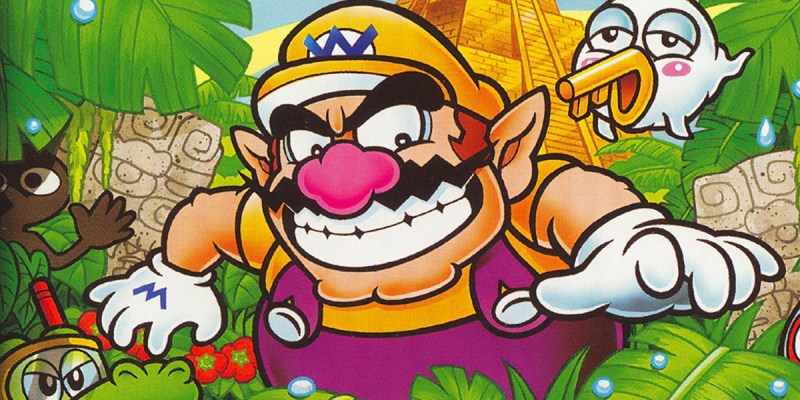Super Mario Bros. Wonder is one of the best games of the year. That can’t be disputed. But as I played through it, I also started to wonder why Wario Land is still in the freezer after all these years.
Despite his (and Waluigi’s) many cameos in Mario games, no matter the genre, Wario has always been in an awkward position as both a major Nintendo character and a fun series of side-scrolling platform games. Wario Land had a good run, starting with its unexpected birth in 1994 and ending (for now) in 2008 with Wario Land: Shake It! on the Wii. But it’s hard to deny that most gamers associate the character with the off-beat WarioWare games more often. The IP and Wario himself are valuable to Nintendo, that much is clear, but why has he been relegated to only guest cameos and jokesy projects?

To be fair, the Wario Land series, as distinct as it is, was born from the 2D Super Mario games. However, that didn’t stop it from making a name for itself. Wario is a fantastic leading man, but also kind of an asshole. He’s the perfect cartoon antihero, the type of character that Nintendo doesn’t have too many of. We’ve also seen in recent years that Switch’s resounding success has led to Nintendo putting out even more Mario spinoffs, many of them platformers, and giving veterans like Kirby their space to shine too.
It really feels like the climate is perfect right now for a return to Wario Land beyond the retro titles which Nintendo has been slowly dropping on their Nintendo Switch Online service. SMB Wonder and all the relentless creativity on display only solidified my want of a new, shiny Wario Land game. More specifically, I’m a huge fan of Wario Land 4 and its focus on Wario’s many transformations, something which SMB Wonder’s marketing campaign tried to sell as a huge innovation for 2D Nintendo platformers while I screamed in the background that Wario did it first (and better).

Don’t get me wrong, I love love love everything about Wonder. I won’t be surprised to see it reign supreme in many Game Of The Year 2023 lists (the toughest to come up with in recent memory). In many ways, it just feels like peak gaming at its best. But why can 2D Mario get slightly weird while Wario rots in the cellar?
It’s abundantly clear that gamers have gotten used in recent years to 2D platformers that think outside the box, mainly thanks to bold and well-designed indie titles, and moving away from the effective but stagnant New Super Mario Bros. model was inevitable in spite of how profitable it’s been for Nintendo. While 3D Mario has been thriving by doing all sorts of things, the 2D side of the main series kind of needed a new bag of tricks similar to that of Super Mario World back in the day.

It’s no coincidence that Wonder has been called “the best 2D Mario since World came out decades ago” and similar things; both are laser-focused Mario adventures that firmly preserve everything that made the character famous while daring to shake things up at every chance they get. On the other hand, Wario Land has always been doing… the same thing. The “one gimmick per level” schtick is literally built into its personality. You can’t look at me with a straight face and say a new, well-marketed Wario Land wouldn’t print money as an openly zanier alternative to Super Mario with a different visual style.
Beyond the obvious Nintendo-mination happening at the moment in the gaming space (with more to come when the Switch’s successor arrives in the near future), it appears the gaming giant has also cracked the code of video game adaptations on the big screen with this year’s absolute massive Super Mario Bros. Movie. It’s made so much money that Nintendo is jumping straight into the long-rumored The Legend of Zelda live-action movie. Now feels like the right time to invest into their not-as-popular IPs thanks to the momentum gained on all fronts.

One also has to wonder whether it’d be a good idea to make a Wario Land comeback a bit more mature than Mario’s romps and spinoffs. The character can be described as a money-grubber full of envy that simply gets into problems and ends up becoming the hero of the story. That pitch is funny enough on its own to fuel countless adventures, but what if Wario Land became more of its own thing, not only design-wise, but also tonally… while keeping things family-friendly? There’s definitely space for a sharper commentary on reckless capitalism and its pitfalls. Make a Wario a cautionary tale for the kids. Make him a walking satire, a buffoon that doesn’t learn from his mistakes, the opposite of the shining role model that Mario embodies. We can learn from Wario!
